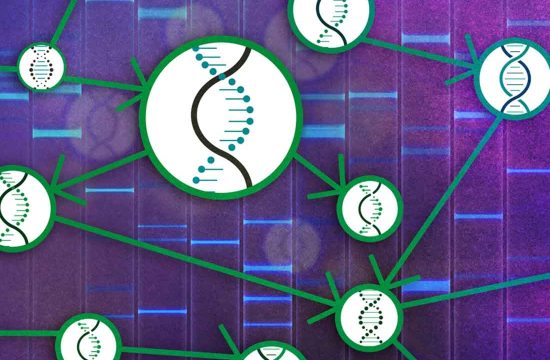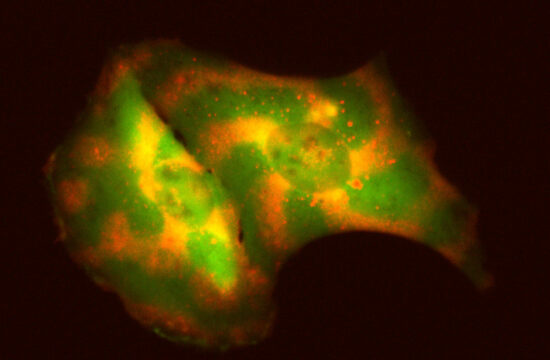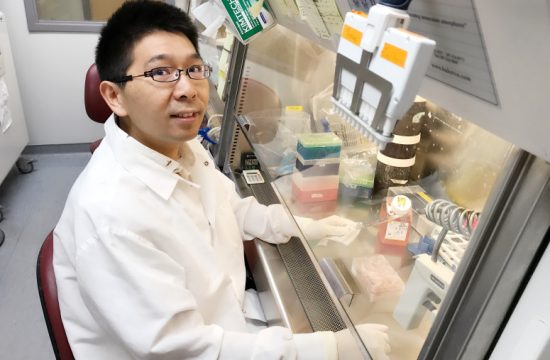
This is a story of nature and nurture.
Scientists at the University of Wisconsin–Madison’s Waisman Center have shown one way in which human genetics and chronic stress interact to shape health and well-being later in life.
According to the study, published recently in the American Journal of Medical Genetics: Neuropsychiatric Genetics, individuals who both have specific variations of a particular gene called fragile X mental retardation 1, or FMR1, and experience higher levels of stress throughout their adulthood face poorer health and more physical and cognitive challenges when older.
“In this era of precision medicine, it’s vital that we understand why some people may have more health symptoms or functional limitations later in life than others,” says Marsha Mailick, UW–Madison vice chancellor for research and graduate education, Waisman Center investigator and lead author of the study.
The FMR1 gene contains varying numbers of a DNA pattern called a CGG triplet repeat. The letters refer to nucleotides, which form the building blocks of DNA. In humans, the most common number of CGG repeats in this gene is 30. Repeat numbers higher than 200 lead to fragile X syndrome, a rare genetic condition that causes intellectual disability and behavioral, physical and learning challenges.
The researchers looked at CGG repeat numbers in more than 5,500 people drawn from the Wisconsin Longitudinal Study, a long-term study funded by the National Institutes of Health. They represented a random sample of men and women who graduated from Wisconsin high schools in 1957. All of them were parents and they averaged 71 years of age.
A subset of these parents had adult children with developmental or mental health disabilities; the rest had adult children who did not have chronic disabilities.
“While all parenting is both stressful and joyful, parents of children with disabilities face some unique challenges throughout the lifespan,” says Mailick. “Over time the stress of parenting a child with disabilities can add up.”
Mailick and her colleagues categorized parents of children with disabilities as a “high-stress” group and explored whether they faced more health challenges compared to a “lower-stress” group — parents of children without disabilities.
The results were complex. Many of the parents in the high-stress group did show poorer health and well-being compared to the lower-stress group, but others did not. Whether the parents faced more physical and cognitive challenges when older was dependent on their numbers of FMR1 CGG repeats.
Parents in the high-stress group who also had either significantly more than or significantly fewer than 30 CGG repeats in their FMR1 gene were less healthy and faced more limitations in old age compared to parents of children without disabilities.
“But for people with about 30 CGG repeats, their level of stress doesn’t differentiate their health and wellbeing,” says Mailick.
The researchers also found that in the lower-stress group, individuals with significantly more than or fewer than 30 CGG repeats actually had better health and fewer limitations than those with the normal number of CGG repeats.
“This shows that it’s not only about genetics and not only about the environment, but how the two interact and together affect human health,” says Mailick.
Researchers call this the “flip-flop effect” or “differential susceptibility,” where people with the same genetic background can have very different life outcomes depending on their environments.
“Some people thrive in any environment, but others, with different genetic profiles, may find their health and well-being more susceptible to their circumstances and surroundings,” says Mailick.
The study is also an example of how research that started by focusing on a rare genetic condition – fragile X syndrome – can lead to insights about variation in the general population, Mailick adds.
She would like to expand the study to a larger and more diverse population, and use new techniques and tools in population genetics and precision medicine to help. “Our goal is to find out what we can do today to make tomorrow better,” she says.
Other authors of the study include Paul Rathouz, chair of biostatistics and medical informatics at UW–Madison, Jan Greenberg, associate vice chancellor for research and graduate education, Mei Baker at the Wisconsin State Lab of Hygiene, and Jinkuk Hong and Leann Smith DaWalt. All co-authors are affiliated with the UW–Madison Waisman Center.








